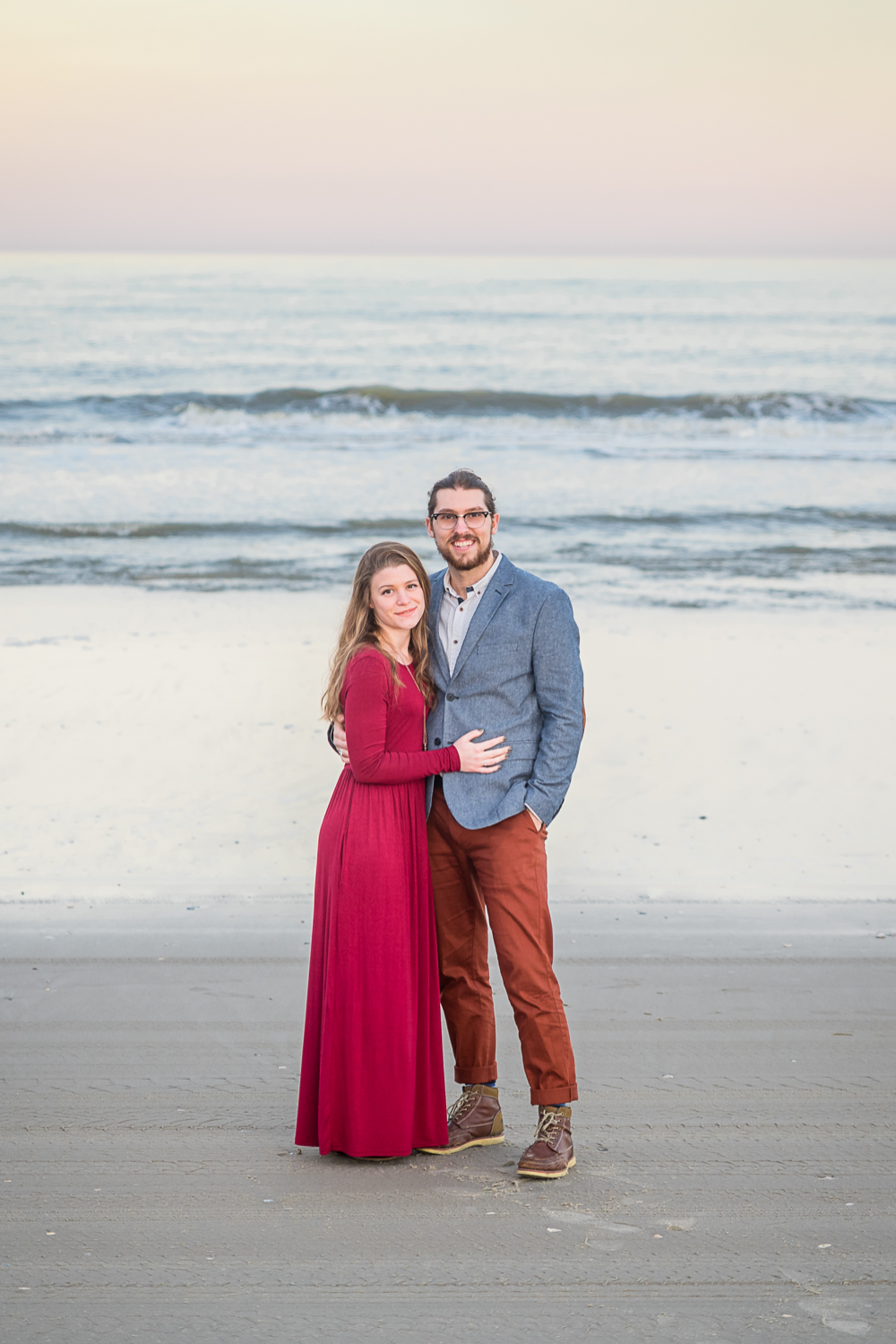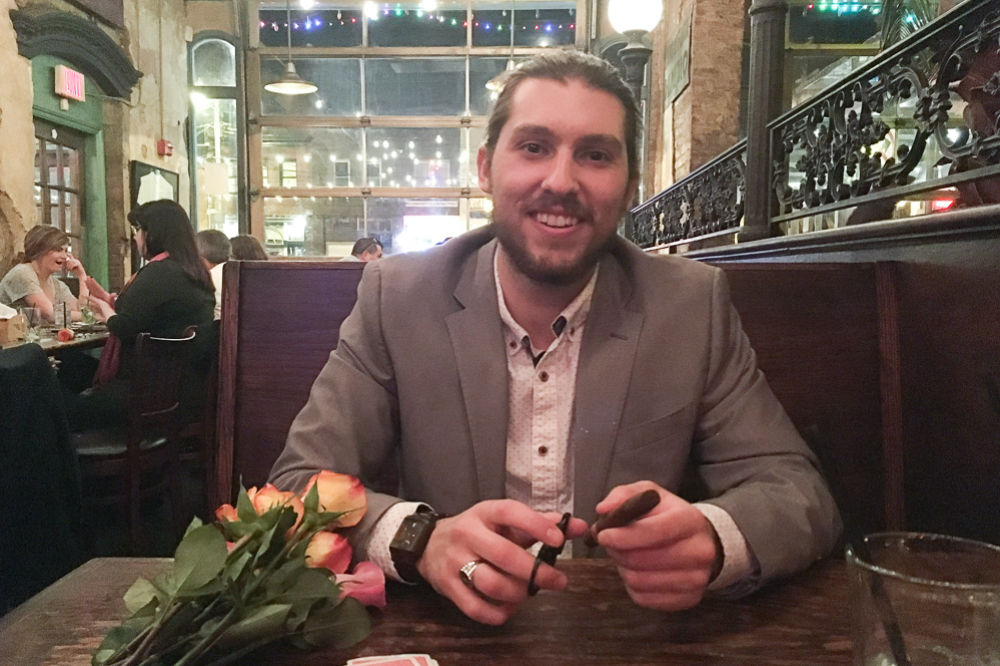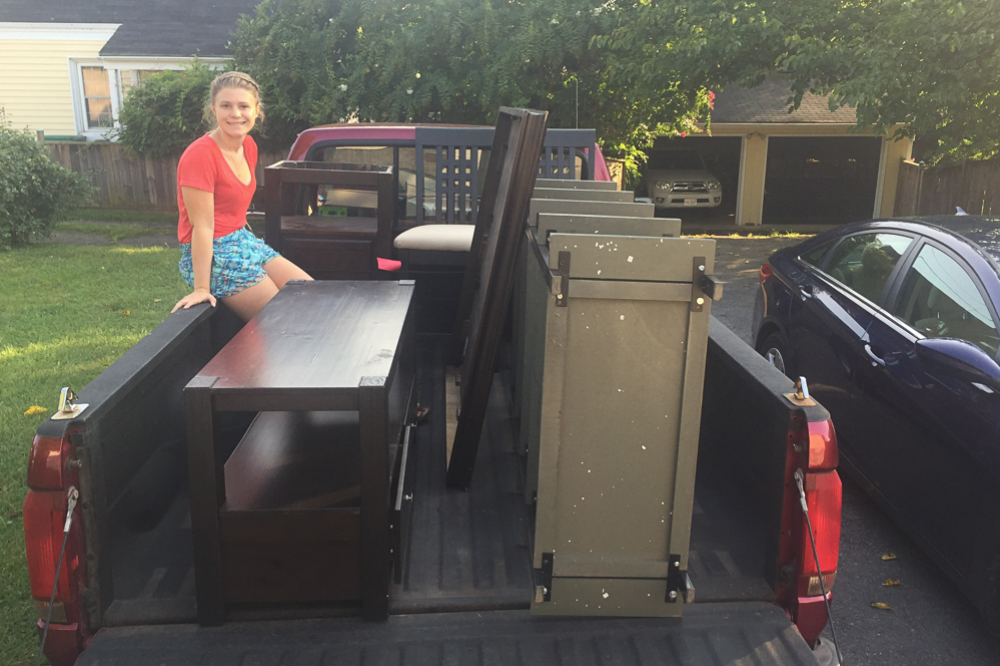VIEW BY CATEGORY:
Hi, we're Hunter and Sarah, a husband-and-wife, luxury wedding photography team. We’re also educators, helping other photographers build profitable and sustainable photography businesses.
MEET US
LOOKING FOR SOMETHING?

Crush the Debt – Step 2
April 19, 2019
Hey friends! Earlier this month, Sarah and I announced on Facebook and Instagram that we are now 100% debt-free! When we got married in June of 2017, we had just over $27,000 in student debt. Now, less than 21 months later, we are 100% debt free!
Since we posted that, we’ve had an overwhelming outpouring of congratulations, which we were sincerely touched by and SO grateful for! However, we’ve also had multiple people reach out to us and ask for details. “How did you do it?!”, “Have you written a blog yet?”, “When are you going to write a blog about how to get out of debt?”
We honestly had planned on doing this series later this Summer when things were a bit slower, but with so many people asking us, we want to get this out as quickly as possible! So without further ado, here it is: our story of how we paid off $27,000 in student loans in less than 2 years!

When we got married in June of 2017, we knew that almost $30,000 of student debt was our reality, but not one we had to live with until the projected payoff date – June of 2027!
Crush the Debt Step 2. Make a Budget and STICK TO IT
Last week, you hopefully went out and purchased “Total Money Makeover” by Dave Ramsey after reading Step 1. If you didn’t, go do that right now! You’ll notice that after a ton of great encouragement and motivation, Dave finally gets to the practical how-to-turn-your-financial-life-around guide, and making a budget is one of the very first steps.
If you don’t start by making a budget, none of the following steps in our blog or his book will even make sense, much less be able to work for you. And of course, making a budget and not sticking to it will get you out of debt about as quickly as buying a treadmill and leaving it in the box will help you lose weight.
Without a budget, you’ll only pay down on your debt “when you have money left over at the end of the month”, which you almost certainly never will – life will always happen. With a budget however, your greatest wealth-building tool (your income) will begin to work more strongly in your favor.

With a budget, you can still do fun things – it just might look a little different. Yes we sat courtside at UVA basketball games – but only because Hunter was a student and could get free tickets! Yes we still went out with friends, but instead of spending tons of money at a bar or going to a movie, we got creative and spent an afternoon in a thrift store trying to pick out the most ridiculous outfit for our date without spending more than $5!
Making Your Budget and Keeping Track Each Month
Making a budget is both an art AND a science, and we could talk about it at serious length. But for now, it should suffice to say this: one column should have all your incomes and the other your mandatory expenses: things that are the same every month that you MUST pay (rent/mortgage, utilities, car payments, minimum payments on debt, insurance, subscription services, etc.). Then, with the money left over, you assign yourself limits in all the flexible categories (eating out, buying new clothes, vacation/adventures, saving for the future, etc.). Total Money Makeover will help you with this, and we hope to write a more in-depth blog about budgeting at a later date!
If you’re wondering how you’ll keep track of all this every month, you basically have two options. If your budget is simple, you know you can stay disciplined, and you’re good with numbers and basic formulas, you can keep track of your budget all by yourself on a spreadsheet like Microsoft Excel, Apple Numbers or Google Sheets. That’s what Sarah and I do, because we love diving into the numbers.
However, if you think you might need a little extra help (there’s never any shame in asking for help!), Dave Ramsey and his team have a tool called YNAB (“You Need A Budget”), and the makers of QuickBooks and TurboTax have a personal budgeting tool called Mint. We’ve heard great things about both products from friends who use them. They will cost a few dollars a month, but financial wisdom, of which budgeting is a MASSIVE part will (and we’re not exaggerating) make you a millionaire by the time you retire. So it’s worth a few bucks a month, and it’ll do a lot more for you than a Netflix or Spotify Premium subscription!

Just because we were on a budget didn’t mean we stopped going on nice dates. But a date like this (delicious Cuban food, drinks, a dozen roses and a nice cigar) meant we didn’t eat out for the rest of the month. We honestly think that this makes the nice dates even more special!
You Gotta Work, Work, Work, Work, Work, Work
The basics of keeping a budget each month are simple, although not always easy. Two or three times a month, you’ll have to sit down at your computer and enter your expenses into your budget in their respective categories (YNAB and Mint will sync with your bank accounts and credit/debit cards to help automate this process). Then, you figure out how much you have left in each “fund”, and don’t spend any more than that. Yes, it will take time and discipline and work, but so will anything that’s worth doing!
As an example, let’s say you budget $100 per month for eating out. On October 15th you would sit down at your computer and enter in each “eating out” expense from the month of October into that box. Maybe you’ve only spent $50 so far – way to go! You can keep spending how you’ve been spending. But you also might realize that you’ve already spent $96 on food in October, in which case you had better hope that all your friends want to do the rest of the month is hit up the dollar menu, because you’re out of dining money!
This is really where the rubber really meets the road. A budget is ultimately about discipline. It’s only as effective as you are willing to stick to it. You have to be able to say no to friends and to your own desires when opportunities arise to do fun things if your budget won’t allow it.

When I first moved to C’ville, there wasn’t much room in my budget to furnish my first apartment. So instead of going into debt, we borrowed a friend’s truck and hit up the secondhand furniture store and saved a ton of money on a few great pieces!
Let’s Get Real
Here’s a concrete example to help this sink in (vulnerability moment!). During Hunter’s first year out of college (and our first year of marriage) he worked full-time with Chi Alpha, a Christian Ministry on-campus at UVA. He had fundraised his entire salary by donations from friends and family, so his paycheck was naturally pretty small. Although our photography business was growing quickly and we were working 20+ hours per week outside of our full-time jobs, we had chosen to reinvest all of the money the business made into new gear, better software, and more advanced systems to help our business keep growing. This meant that during that same year, HSP was intentionally unprofitable.
At the end of that first 12 months, Hunter and I had made about $45,000 after taxes as a couple, which was certainly nothing to write home about for two college grads with degrees in Biomedical Engineering and Political Science from exceptional state universities (for reference, we had single friends making $100,000 or more their first year out of college).
But during that same year we were able to throw almost $6,000 at our student debt, save a $7,000 emergency fund (Dave will tell you all about that in “Total Money Makeover”), and give another $6,700 to our church and other charitable organizations that we’re passionate about. How is that possible in Charlottesville where the average one-bedroom apartment is more than $1,100 per month? Because we made a budget and stuck to it, and it allowed us to live off of less than 57% of our already small income!
The following year, when our photography business really took off and we picked up a second income stream (find out why we did that in Step 4), we were able to crush almost $20,000 in debt in only 9 months! But more on that to come…
In Step 3, we’ll talk about how making a budget is going to get you out of debt in no time. But until then, that’s your homework. Go make a budget!
Until then,
Sarah + Hunter
Check out the other segments in this blog series!
- Step 1. Read “Total Money Makeover” by Dave Ramsey
- Step 3. Harness the Power of Your “Extra Dollars”
- Step 4. Make Some Extra Room
- Step 5. Plan Your Snowball Attack
- Step 6. Don’t Forget to Celebrate
Filed in:
Wedding Photography & Photography Education
Charlottesville, Virginia and Beyond
HOME
ABOUT US
WEDDINGS
JOURNAL
FOR PHOTOGRAPHERS
PRESS & PRAISE
BLOG
CONTACT
e. hunter@hunterandsarahphotography.com
p. (434) 260-0902